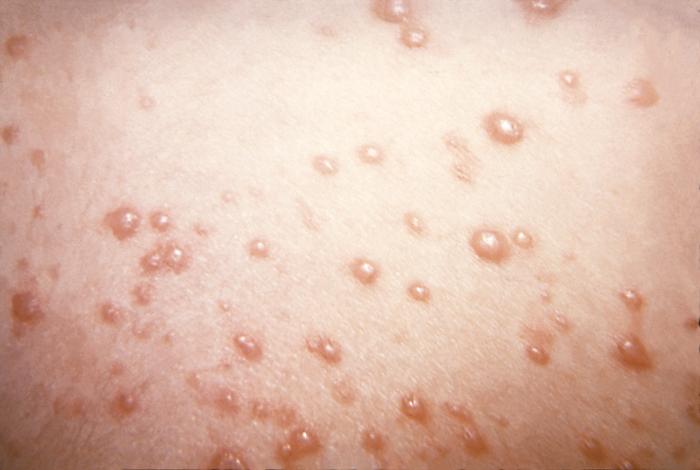San Diego health officials are reporting a second chickenpox cluster in as many weeks in a second school. Last week, officials said six students at San Diego Cooperative Charter School’s Linda Vista campus have been diagnosed with chickenpox (varicella).

On Friday, an unrelated cluster has been reported at the Dehesa Charter School Chula Vista Resource Center. The case count is at nine.
The first student reported illness on March 28 and the latest student to be diagnosed became ill on April 25. People usually get symptoms of chickenpox 14 to 16 days after exposure, with a range of 10 to 21 days, so additional cases may be reported through May 16.
The children diagnosed range in age from 6 through 15 years old. Eight children were not immunized and one child was up-to-date with the two recommended doses of the varicella vaccine.
The school has notified students and staff about the outbreak.
“The best way to prevent chickenpox is to get the varicella vaccine,” said Wilma Wooten, M.D., M.P.H., County public health officer. “The vaccine is very safe and effective, and not only does it protect the person who is being vaccinated, it helps protect those who are unable to get the shot due to underlying medical conditions and who could become very ill if infected with chickenpox.”
There have been 25 cases of chickenpox reported in San Diego County so far in 2016. Chickenpox is not reportable to the County Public Health Department unless it occurs in an outbreak or results in a hospitalization or death.
Chickenpox is a highly contagious disease caused by the varicella virus. The disease is easily spread by coughing, sneezing or being in contact with chickenpox blisters
Symptoms of chickenpox include a skin rash of blister-like lesions covering the body but usually more concentrated on the face, scalp, and trunk. The risk of complications increases after puberty and includes bacterial infection of skin lesions, dehydration and pneumonia.
Most, but not all, infected individuals have fever, which develops just before or when the rash appears. If exposed, persons who have been vaccinated against the disease may get a milder illness, with less severe rash and mild or no fever. The illness lasts about 5 to 10 days.
The Centers for Disease Control and Prevention recommends two doses of chickenpox vaccine. Children should be vaccinated between 12 and 15 months of age and receive the second dose between 4 and 6 years of age.
Related:


One thought on “San Diego: Chula Vista school reports chickenpox cluster, most not vaccinated”